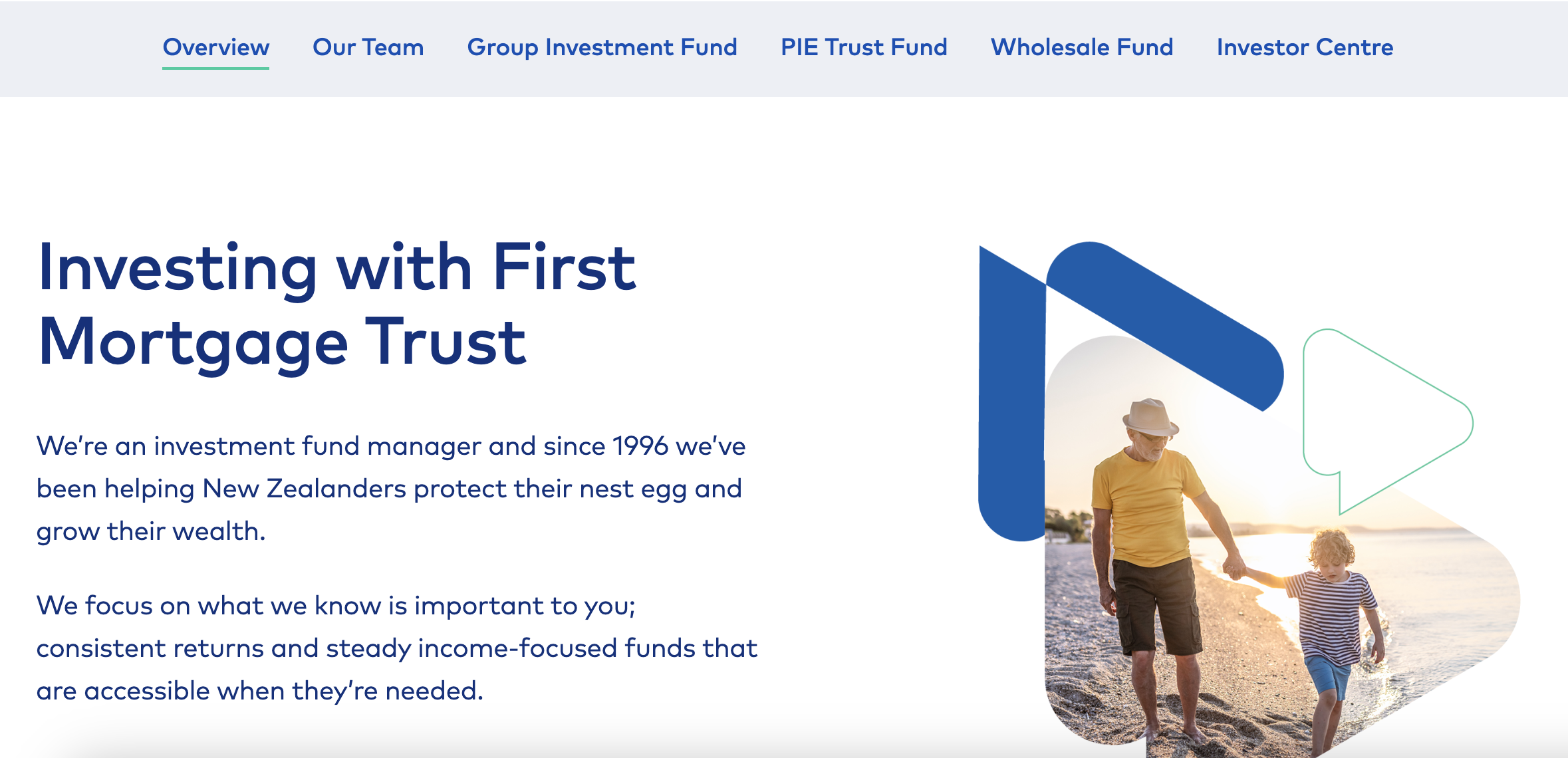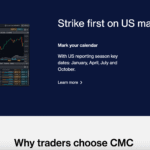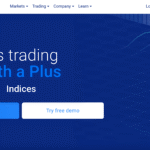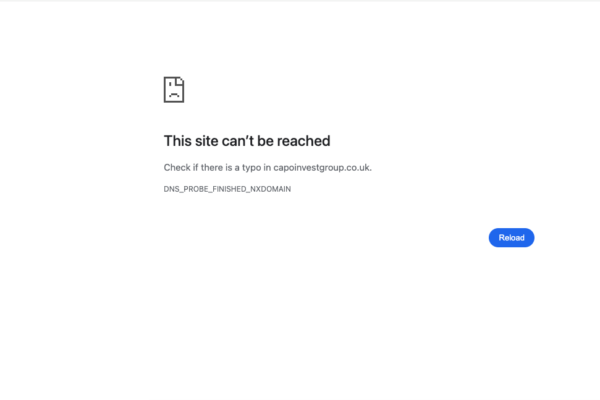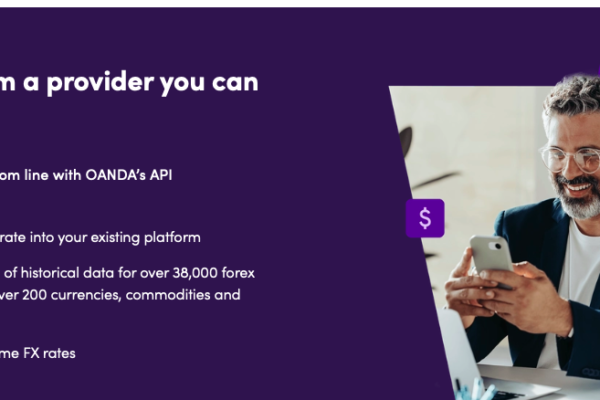MarketsDock.com Scam Review — is this broker Trustworthy
Many individuals looking to invest in CFD, forex, or cryptocurrency trading gravitate toward new online brokers offering sleek tools, promising returns, and “exclusive” services. MarketsDock.com is one of the brokers repeatedly flagged by users and observers as exhibiting many of the classic signs of an unreliable or fraudulent platform. In this review, we examine how MarketsDock operates, the warning signs surrounding it, user reports, and why caution is strongly advised.
What MarketsDock Claims to Be
At first glance, MarketsDock positions itself as a competitive online brokerage offering:
-
Access to forex, indices, stocks, cryptocurrencies, and commodities;
-
Use of popular trading platforms, including MetaTrader 4 (MT4) and a web-trader interface, sometimes billed as “Status Web Trader”;
-
Flexible account types, possibly with leverage up to 1:100;
-
Customer service support and multilingual interface;
-
Seemingly standard terms of trading, spreads, etc.
These features are appealing, especially to traders who want familiar platforms, margin, and multiple asset types. But many of these claims—while superficially plausible—do not withstand close scrutiny.
Key Red Flags
Here are the major warning signs associated with MarketsDock.com, drawn from multiple reports and broker review summaries. Taken together, these suggest systematic risk to users.
1. Absence of Valid Regulation
One of the most significant issues with MarketsDock is the lack of credible regulation. It is not licensed by respected financial authorities in many of the jurisdictions where it appears to solicit investors. In some countries, regulators have issued warnings about its operation without authorization.
Because it operates without official oversight in such places, users have little protection for their funds.
2. Unclear Ownership & Lack of Corporate Transparency
-
The company or entities behind MarketsDock are often unnamed or have minimal public corporate information.
-
Physical address, phone number, company registration details are either missing, inconsistent, or unverifiable.
-
Some legal documents reference companies in obscure offshore jurisdictions. In addition, the brand may claim links to one entity, while “servers” or “platform download” portions are attributed to different names, suggesting possible shell or front companies.
This opacity makes it difficult to determine who is responsible, and creates challenges for accountability.
3. Offshore Location & License Evasion
MarketsDock is reportedly based (or claims to be associated with) jurisdictions known for lax oversight or minimal regulatory enforcement, such as certain small island states. These locations often attract brokers who want to avoid stricter rules.
Operating in such jurisdictions is not inherently criminal, but when combined with other concerns—hidden ownership, withdrawal issues, lack of license—it becomes a serious red flag.
4. Inflated Spreads, Variable Trading Costs & Non-Transparent Fees
Reports suggest that what MarketsDock advertises (for example low spreads or competitive pricing) often diverges in practice:
-
The spreads on major currency pairs are higher than claimed;
-
Fees related to depositing, withdrawing, or account inactivity may be vague, high, or buried in the fine print;
-
“Non-deposited funds” clauses appear in their terms: these are legal statements that give the broker some power to claim profits made before funds are formally deposited or verified.
These cost structures tend to work in favor of the broker at the expense of the user, especially when it comes time to withdraw.
5. Minimum Deposit Requirements & Pressure to Add Capital
To open a trading account, users are typically required to deposit a minimum amount (often around US$250). While that is not exceptionally high in the industry, many users report encountering pushy requests from account managers to deposit far more:
-
Upgrades to “VIP” accounts or “premium access” to certain tools are offered only with larger deposits;
-
Promises of higher leverage, better signals, or faster profits if more money is added.
This tends to escalate quickly, with victims sometimes committing more funds than they can afford under persuasive pressure.
6. Withdrawal Roadblocks
Perhaps the most consistent complaint is that users cannot successfully withdraw funds—whether profits, or sometimes even principal amounts. The kinds of obstacles described include:
-
Sudden demands for extra verification or documentation that has not been made clear upfront;
-
Claims that certain trading volume must be reached before withdrawals are permitted;
-
Surprise fees that must be paid before money can be released;
-
Requests to pay bonuses, or to keep certain amounts in the account, sometimes indefinitely, to maintain status or access to “benefits.”
Many people report that after they request a withdrawal, communication from support deteriorates, or that their account becomes restricted, frozen, or deactivated.
7. Use of Problematic Legal Clauses
MarketsDock’s terms and conditions reportedly include some legal clauses that are highly unfavorable to traders:
-
Terms that allow the broker to amend contract or account rules without notifying the user;
-
Clauses that permit unilateral account termination for vague or broad reasons;
-
“Bonus” requirements that tie a client’s ability to withdraw funds to very large multiples of the deposit or bonus amount (making such withdrawal practically unachievable for many);
-
Non-deposited funds clause, meaning the broker may claim rights to profits that are not fully verified or in proper status.
These clauses are typically buried and are not clearly explained to users before they commit money.
8. Mixed or Negative User Feedback
Though exact numbers vary, across forums, review sites, and watchdog summaries, many users describe the same kind of experience:
-
Initial small gain or balance showing, encouraging further deposits;
-
Account managers or support personnel who are communicative at first but become evasive after deposits rise or withdrawal is requested;
-
Loss of access to funds, balance resets, or forced losses attributed to market events or “margin calls”;
-
Failed withdrawal attempts, or being told that some “unexpected fee” or “policy” is preventing payment.
Consistency of such complaints from multiple users makes them more credible.
How the Scam Pattern Often Plays Out
Putting together observations from multiple users and broker review write-ups, here is a general scenario of how someone might interact with MarketsDock and end up losing money or being heavily disadvantaged:
-
Onboarding & Attraction
The user is attracted by an ad or social media promotion, offering high returns, special bonuses, or even “free signals”. They sign up, provide basic identity info, and make their first deposit (the $250 or similar minimum). -
Initial Positive Feedback
For a while, the dashboard may show profits, or trading activity may appear successful. Support may be responsive. Client is congratulated or encouraged. -
Leveraging More Funds / Upgrades
Pressure increases to deposit more money, often with promises of better opportunities, more stable profits, or premium tools. Upgraded “accounts” may be required to unlock some feature. -
Encountering Withdrawal Barriers
When the user finally tries to withdraw money, obstacles emerge: verification, required volume, fees, or bonus conditions, many of which were not clearly disclosed earlier. -
Diminishing Communication & Increased Frustration
Support becomes slow, unhelpful, or disappears entirely. Emails may go unanswered; phone contacts do not work. -
Account Restrictions or Lock-Out
Sometimes the account is frozen, or locked down allegedly for “compliance” or “anti-fraud” checks. At this point, funds (both profits and deposits) are stuck. Access may be denied entirely. -
User Left Without Recourse
Because there is no credible regulator or license and because ownership is opaque, the user struggles to find someone to hold accountable. Many accept loss and move on.
Why Many Analysts Declare MarketsDock “Not Safe”
Putting together all the red flags, here are why experts in broker reviews and risk analysis consider MarketsDock to be a high-risk or deceptive platform:
-
Because it is unlicensed in major regulated markets where it operates or advertises, there is no guarantee of transparency, fairness, or protection of client funds.
-
Because the legal structure is opaque: the company that operates the platform is unclear, physical addresses or directors are either hidden or unverifiable.
-
Because its trading conditions and pricing (spreads, fees, deposit/withdrawal terms) consistently appear much worse in practice than what is suggested in the marketing.
-
Because many users report being unable to withdraw, being asked for surprise fees or meeting undisclosed conditions, and seeing initial profits disappear or vanish under suspicious circumstances.
-
Because standard accountability mechanisms (regulators, audited statements, segregated accounts, insurance or compensation funds) are missing or non-existent.
What To Watch For with Any Broker (Lessons From MarketsDock)
From MarketsDock’s reported behaviors, here are key warning signs and tactics you should look for with any broker, especially new or unfamiliar ones:
-
Verify License & Regulation Carefully
Always check whether the broker is regulated by a known authority in your jurisdiction (or in a jurisdiction that is strict and trusted). If not, treat with skepticism. -
Check Ownership and Transparency
See who owns the company, where it is registered, physical location, contact lines, etc. Hidden ownership or anonymized corporate structure is a bad sign. -
Read Terms Before Depositing
Especially those about withdrawals, bonuses, fees, amendments of terms, and account termination. If these are vague or allow the broker to change things unilaterally, danger increases. -
Start With Small Deposits
Make small deposits and try early withdrawals to test whether the system is functional. -
Watch for Pressure Tactics
If someone keeps contacting you, urging you to deposit more, promising big returns, or offering “exclusive” tools for more money, be wary. -
Confirm Trading Platform Integrity
If the broker uses MT4 or similar, check what server it connects to, whether trades seem realistic, whether you can view market data independently. -
Check Spread & Pricing Reality
The spreads and fees advertised should match what you see in live trades. If they’re much worse, that suggests the broker is marking up heavily. -
Monitor Customer Feedback
Look for consistent negative reports about withdrawals, support, hidden terms—not just marketing or sponsored positive reviews.
Final Summary
MarketsDock.com exhibits many of the familiar traits seen in deceptive or scam brokerage operations. From lack of regulation and unclear ownership to withdrawal obstacles and suspicious terms, multiple red flags combine to form a strong case that the risks are extremely high.
Anyone considering investing with MarketsDock should recognize that what appears to be a legitimate trading opportunity may carry much more risk than advertised. The platform’s structure seems designed in ways that benefit the operator much more than the trader.
-
Report MarketsDock.com and Recover Your Funds
If you have fallen victim to MarketsDock.com and lost money, it is crucial to take immediate action. We recommend Report the scam to BOREOAKLTD.COM , a reputable platform dedicated to assisting victims in recovering their stolen funds. The sooner you act, the greater your chances of reclaiming your money and holding these fraudsters accountable.
Scam brokers like MarketsDock.com persistently target unsuspecting investors. To safeguard yourself and others from financial fraud, stay informed, avoid unregulated platforms, and report scams to protect. Your vigilance can make a difference in the fight against financial deception.

